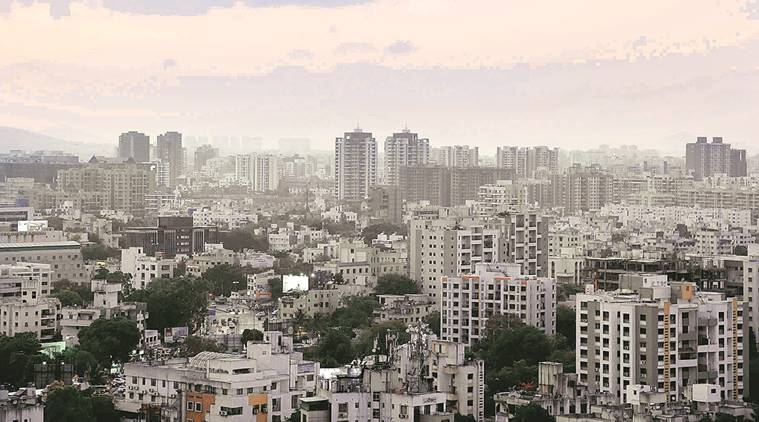Already developed pockets in selected cities will be first to benefit.
Eighty per cent of the proposed central government investment in its flagship Smart City mission will flow to well-developed pockets that account for only 2.7 per cent of the cumulative area of cities identified under the initiative, according to data obtained and analysed by The Indian Express.
With the government set to release the final list of the remaining 40 Smart Cities this month to mark the mission’s two-year milestone, data on the 59 cities selected show that what is being created on ground, at least in the first phase, will be small, isolated islands of development.
Data obtained from the Ministry of Urban Development show that of the total Rs 1.31 lakh crore proposed to be spent on the 59 cities from 2015 to 2020, Rs 1.05 lakh crore will be spent on what is called the Area Based Development (ABD) component. This refers to pockets in the selected cities that will be made ‘smart’ with a combination of IT and infrastructure projects such as WiFi hotspots, sensor-based public lighting, redesign of streets, zones promoting start-ups and multi-modal transit points.
The proposed expenditure on the mission’s other component — pan-city projects, or those that cover entire cities — is only Rs 26,141 crore. Besides, the total area of these pockets covered under ABD in the 59 cities is 246 sq km, which is just 2.7 per cent of the total area of these urban local bodies — 9,065 sq km, according to Census 2011.
Consider this:
# In Pune, ranked the second best Smart City contender and from where Prime Minister Narendra Modi flagged off the projects last year, Rs 2,196 crore of the estimated Rs 2,870 crore, or 76 per cent, will be channelised into the development of a 3.6 sq km area in the Aundh-Baner-Balewadi pocket, which comprises a little more than one per cent of the city’s 276 sq km.
# In the No.1 mission city of Bhubaneswar, 90 per cent of the Rs 4,537 crore Smart City funds are proposed to be spent on the Bhubaneswar Town Centre District, a commercial business district that accounts for less than three per cent of the city’s area.
# In the other three cities in the top five, Jaipur, Surat and Kochi, more than 65 per cent of the funds are proposed to be spent on ABD.
# Other cities such as Jabalpur, Visakhapatnam and Indore propose to spend more than 90 per cent of their funds on less than two percent of their city area.
....
Asked about the concentration of funds on small areas, Pune Municipal Commissioner Kunal Kumar said, “That is the perception, which is being created. Over and above public funding, what is being spent on ABD is being raised from that area itself. For instance, we will be developing the transit hub entirely through private participation. If you can create models that finance themselves through land monetisation or PPP, it becomes a replicable model for other areas.”
